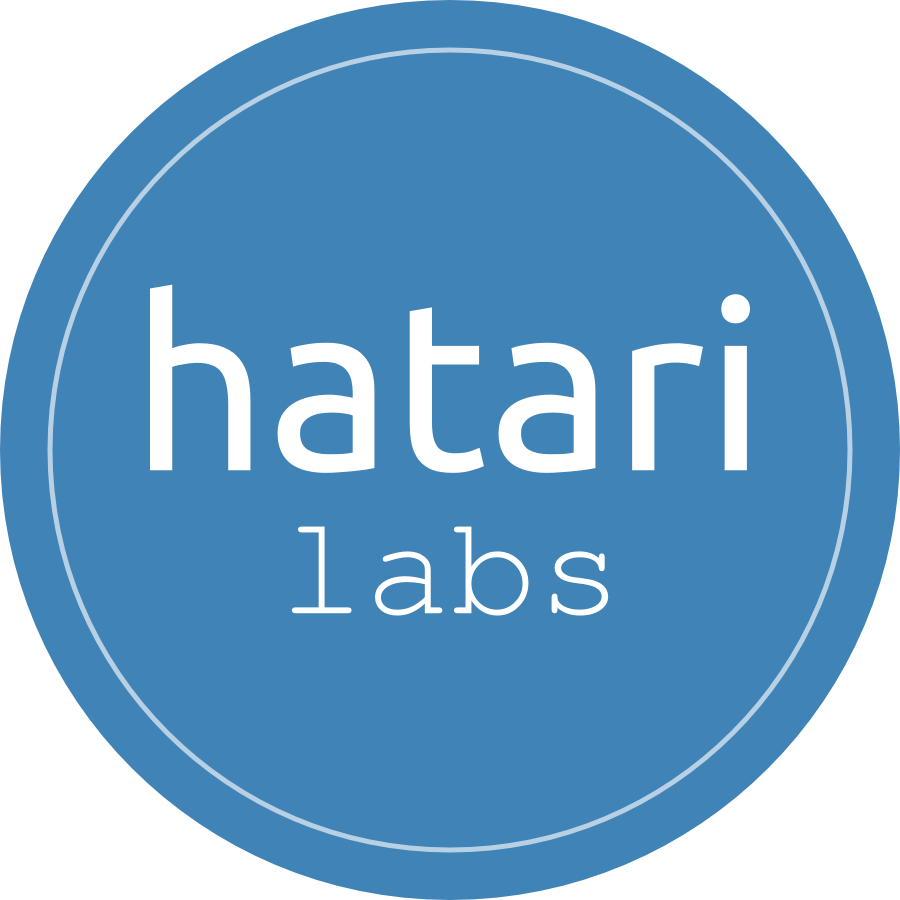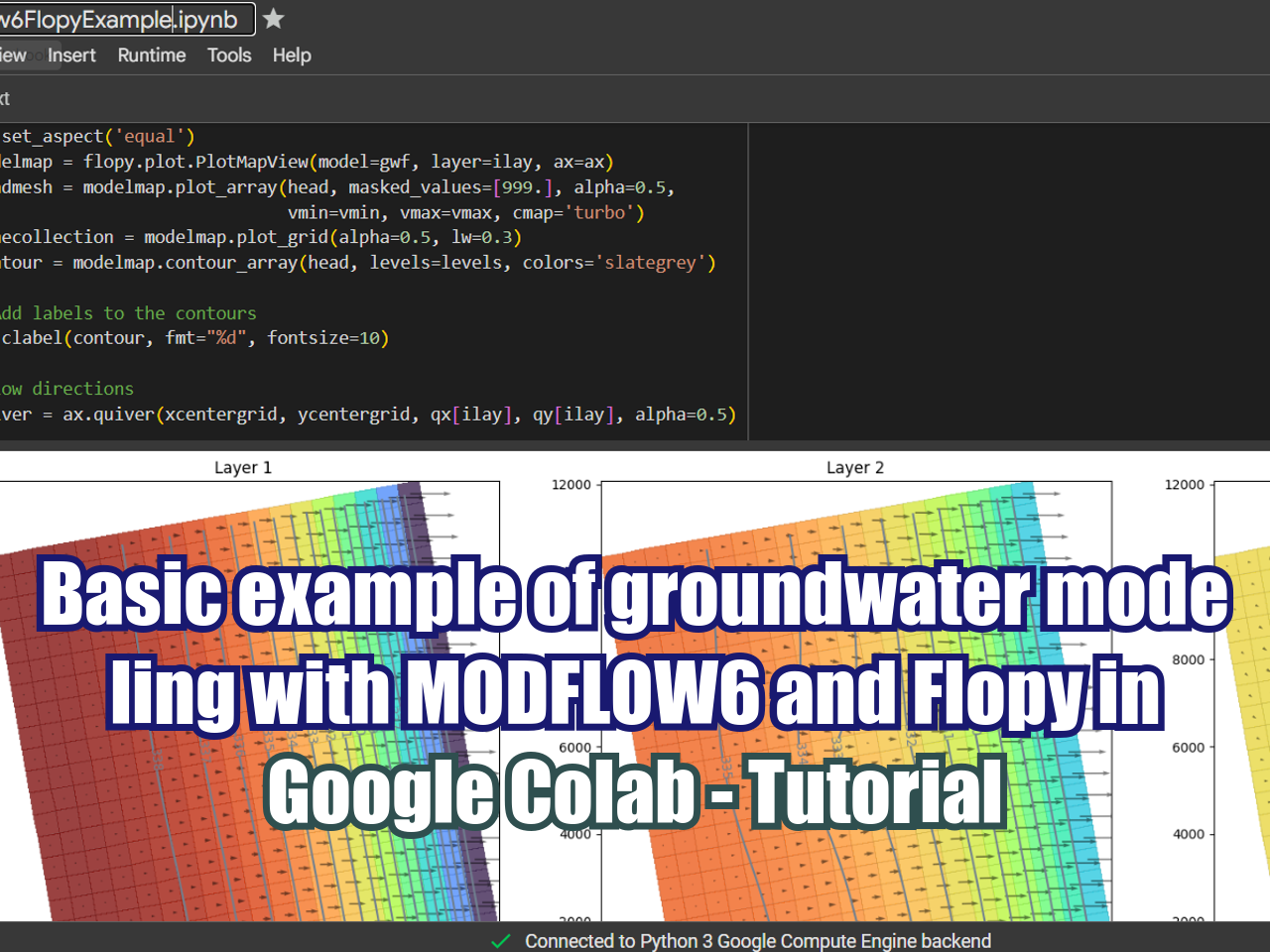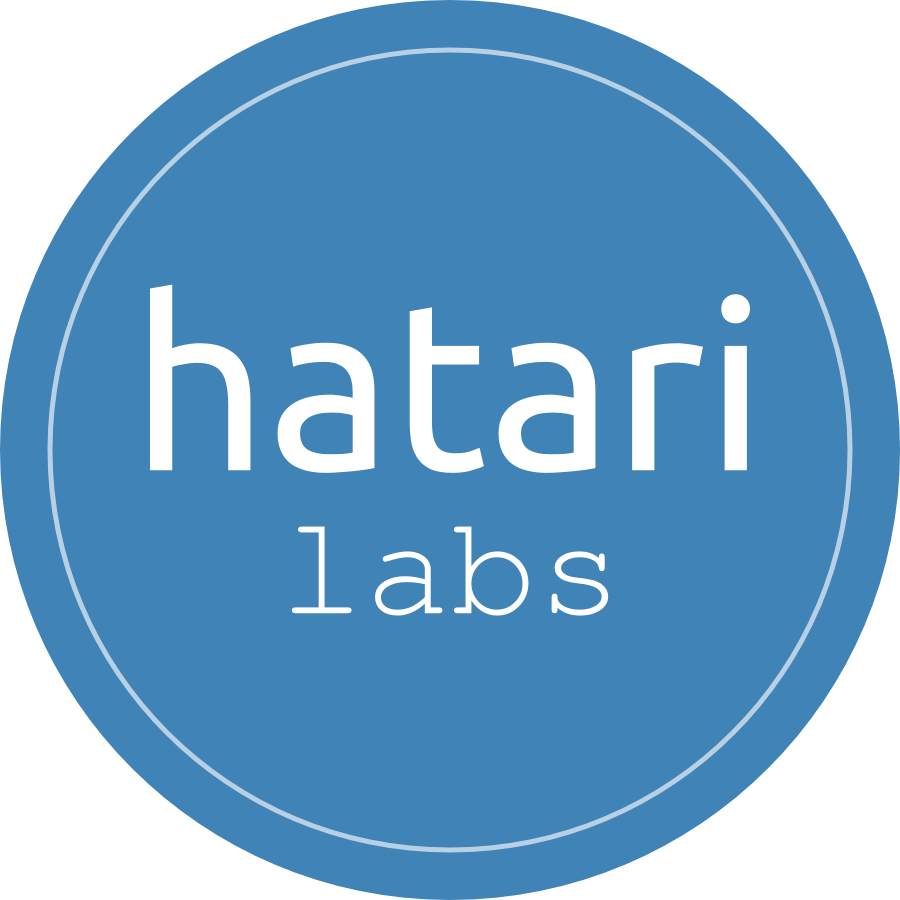Are hydrogeologist/numerical modelers alone by nature?
/This can also be a title for this article: Are hydrogeologist/numerical modelers fundamentally alone? We can define "loneliness" in many different ways that range into different stages of human behavior. As we are not in a discussion of what Kant could have defined loneliness, let's define it in a practical way that you are alone as not you are not with someone. This is kind of a definition like: you are because you are not what you aren't.
Read More























